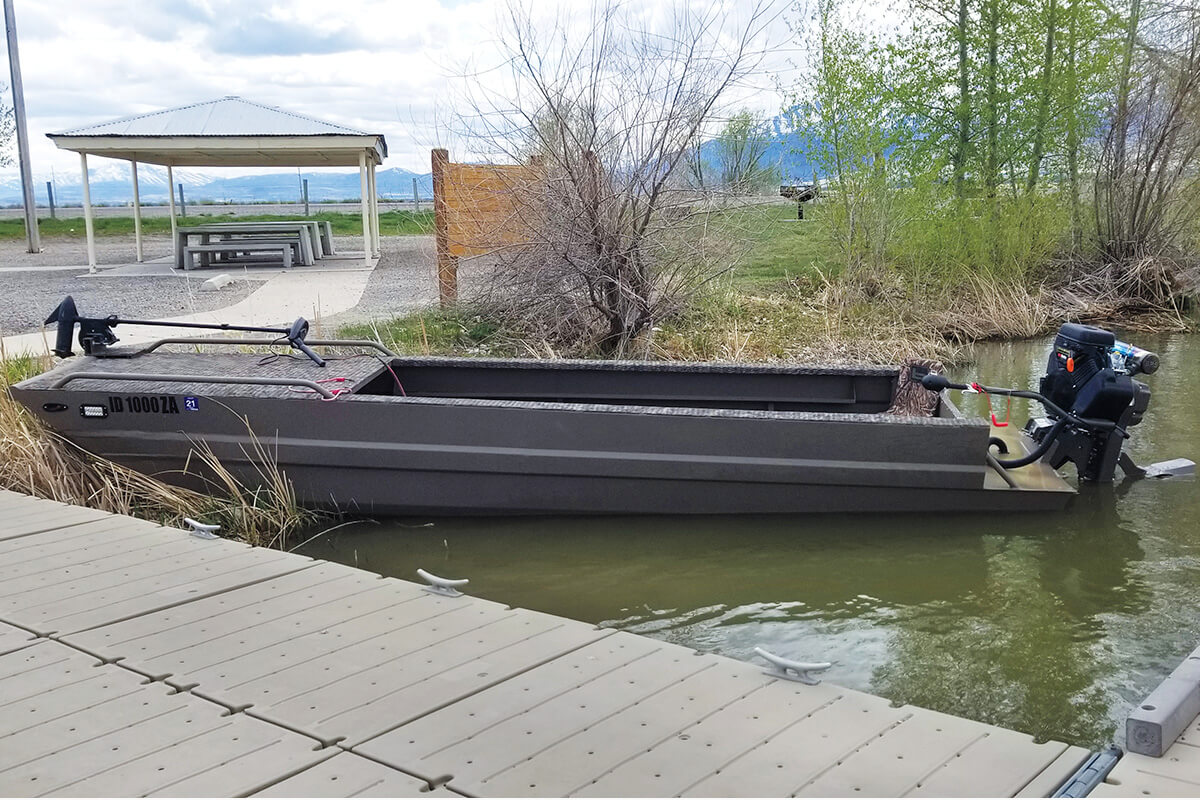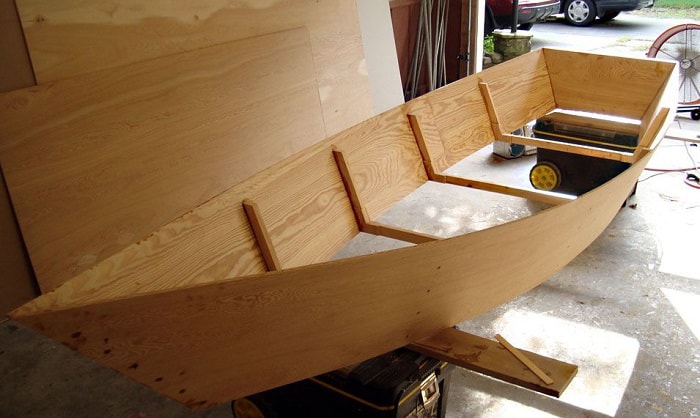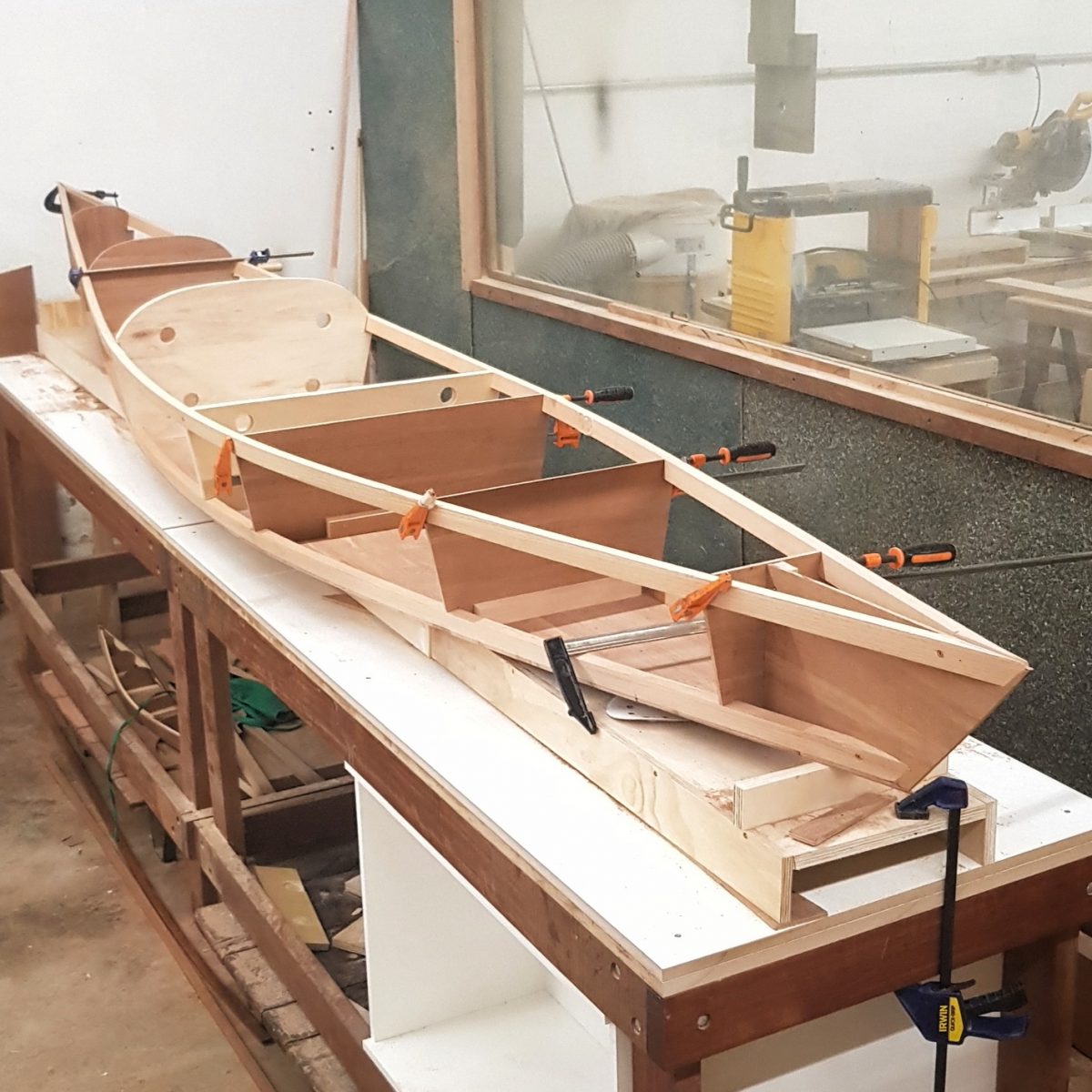
Beyond the Blueprint: Unveiling the Untapped Potential of Wood Boat Plans
Building a wooden boat is a timeless pursuit, blending artistry, engineering, and a deep connection with nature. While countless resources offer wood boat plans, we often overlook the less-explored facets of this rewarding endeavor. This article delves into those often-missed opportunities, providing new perspectives for hobbyists, seasoned builders, and anyone captivated by the allure of crafting a vessel from wood.
The Unsung Hero: Material Selection Beyond the Plan
Most plans specify wood types, but rarely delve into the nuances of sourcing. What if the recommended species is unavailable or prohibitively expensive in your region? This isn't a roadblock; it's an invitation to explore!
Q: How can I effectively substitute wood types specified in a plan?
A: Instead of blindly substituting, consider the properties of the original wood (strength, flexibility, rot resistance). Research alternative species with similar characteristics. Online resources like the Wood Database provide detailed information on various timbers. Consult with experienced woodworkers for insights specific to your region. For instance, if a plan calls for oak but it's unavailable, a strong, rot-resistant alternative like cedar or locust could be suitable, factoring in adjustments to construction techniques.
Beyond the Lines: Integrating Sustainable Practices
The environmental impact of boatbuilding is often overlooked. Moving beyond simply following the plans, consider how you can make your project more sustainable.
Q: How can I minimize the environmental footprint of my boat-building project?
A: Start with responsibly sourced lumber, seeking certifications like the Forest Stewardship Council (FSC). Explore reclaimed wood, repurposing old timbers wherever possible. Minimize waste by careful planning and precise cutting. Utilize water-based finishes instead of harsh solvents. These seemingly small choices collectively contribute significantly to sustainable boatbuilding.
The Human Element: Learning from Mistakes (and Others)
Building a boat from plans is a journey, not a race. Embracing the learning process, including mistakes, is crucial. We rarely discuss the value of shared experience in wood boat building.
Story: The Cypress Catastrophe and the Lesson Learned
A friend, enthusiastically starting his first build, chose cypress for its rot resistance, only to discover its unique tendency to splinter unpredictably during planing. The result? Frustration, delays, and extra work. His story highlighted the importance of test pieces â€" small samples used to experiment with tools and finishes before committing to the main construction. He learned a valuable lesson about material properties the hard way, preventing similar mishaps for others.
Digital Enhancement: Beyond the Static Plan
While traditional plans are invaluable, digital tools offer exciting possibilities.
Q: How can digital tools enhance the boat-building process?
A: Consider using CAD software to manipulate the plans, create detailed 3D models (allowing for better visualization), and even generate custom cutting lists. Digital tools enable precise calculations and reduce errors, enhancing efficiency and potentially saving material costs. Further, online communities provide a wealth of collaborative opportunities for troubleshooting and knowledge sharing.
In conclusion, wood boat plans provide a foundation, but true mastery lies in understanding the nuances of materials, embracing sustainable practices, learning from experience, and leveraging digital tools. By exploring these often-overlooked aspects, you can elevate your boat-building journey from simply following instructions to a deeply rewarding creative process.












